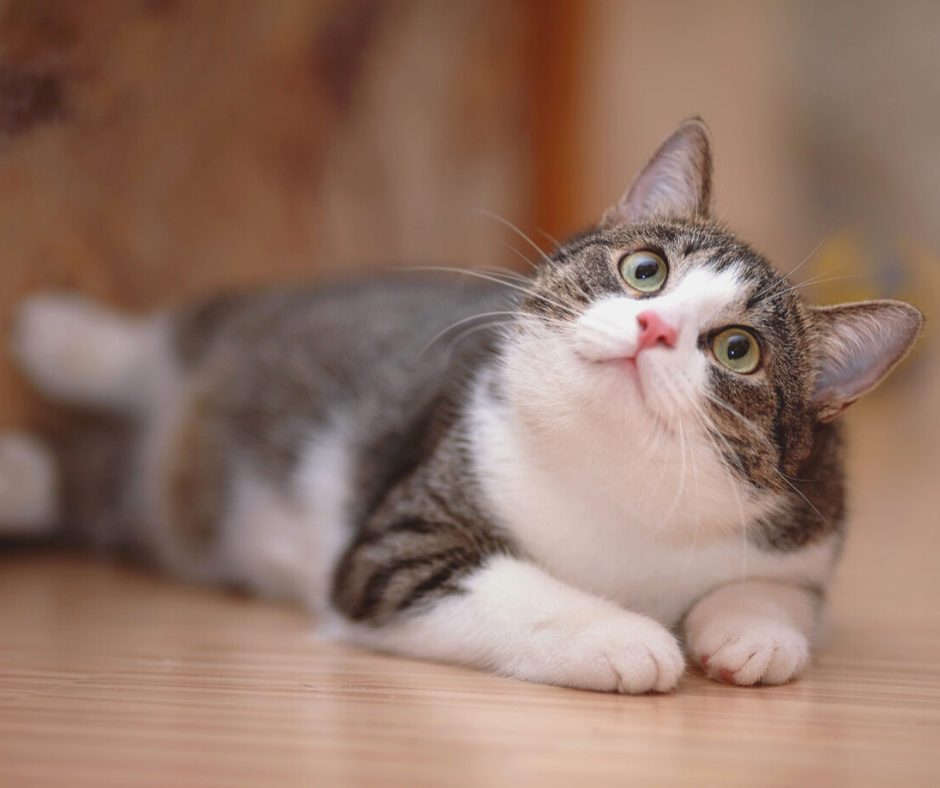When I first heard that “the mood of a cat can be judged by facial expressions”, I was very skeptical!
because…
Isn’t it a facial paralysis? !
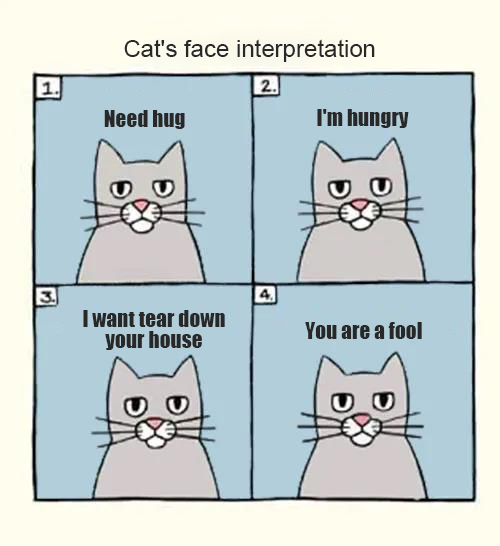

However, after a long time…
After being scratched a few times, I finally learned to guess how my cat’s emotion is now by observing the eyes and slight facial movements of my cat.
You know how to determine your cat’s mood it?
Let’s do a small test first [1]:
Level 1
1. Guess, which cat has a positive mood?
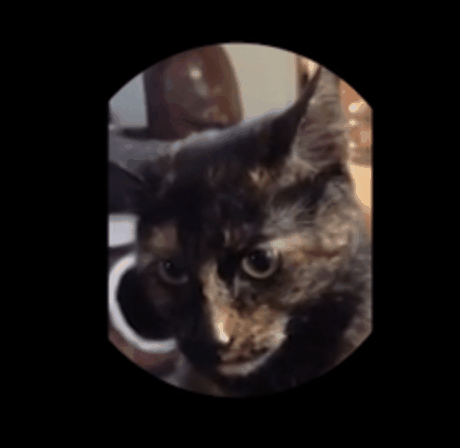

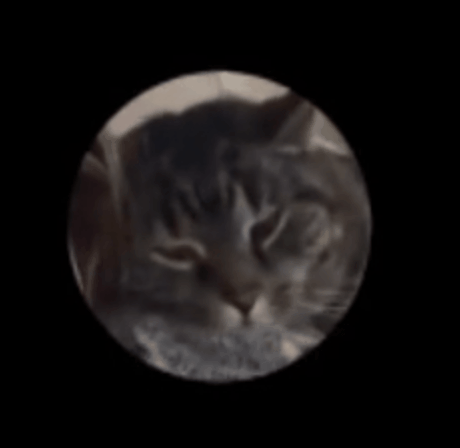

B
- A: Negative, avoiding the contact
- B: Positive, being affectionate and rubing
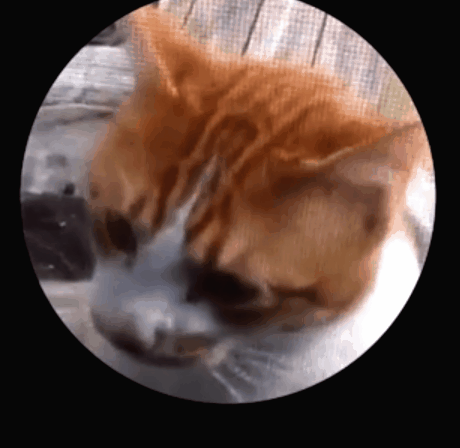



- A: Negative, attempt to enter the house but be blocked by the window screen
- B: Active, approach the owner and try to jump on the knee
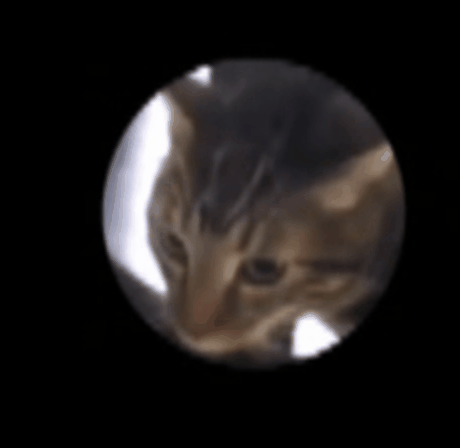

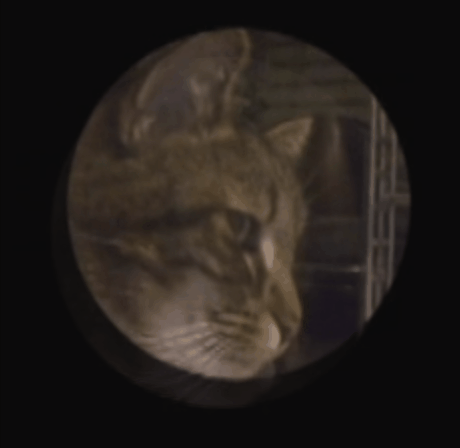

- A: Negative, try to escape
- B: Positive, attract the owner’s attention and get stroked
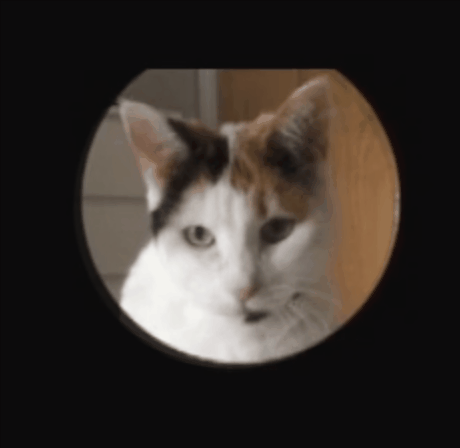

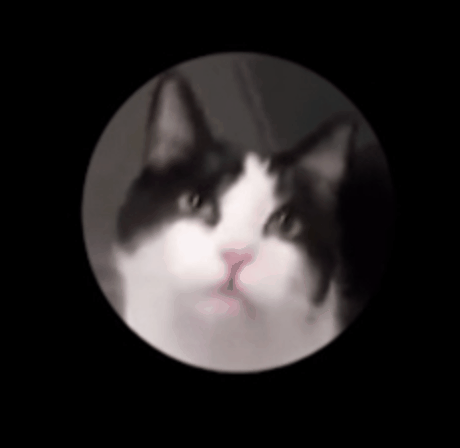

- A: Positive, play with the owner
- B: Positive, see the food and waiting to be fed
Level 2
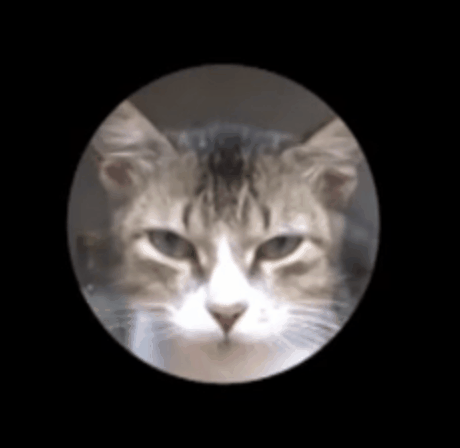

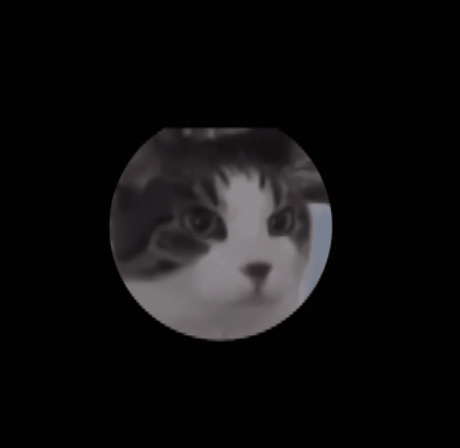

- A: Negative, vomiting
- B: Positive, stroked by the owner
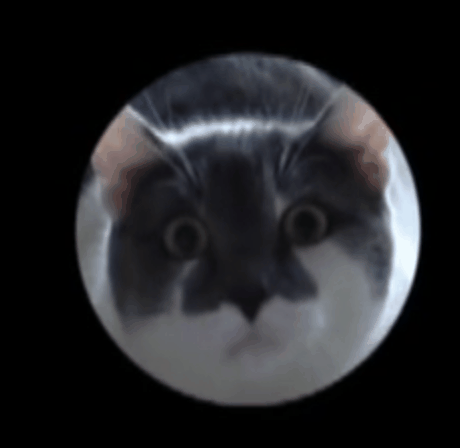

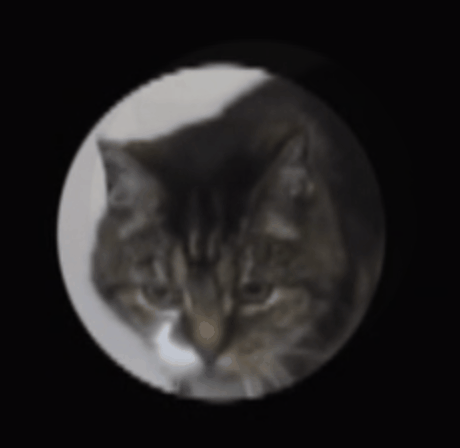

- A: Positive, ready to pounce on the toy it like
- B: Negative, depressed by not having food
Are you all correct?
So, here comes the question:
When a cat has emotions, does it really “show on face”?
As early as 1979, German animal and behaviorist Paul Leyhausen proposed a quantitative framework for cat facial expressions based on a large number of observations[3]
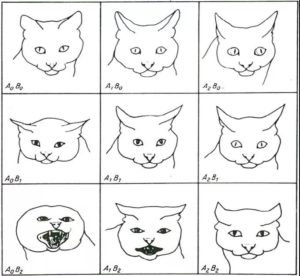

From left to right on the top row, the cat’s response to stimuli becomes stronger and stronger.
From top to bottom in the leftmost column, the cat is getting more and more frightened and avoiding interaction.
The diagonal line from A0B0 to A2B2, the stimulus to the cat is getting stronger and stronger, but the cat itself is very confident and does not react aggressively to the stimulus.
- The posture and expression above the diagonal are related to aggression, with ears erected, eyes widened, and pupils narrowed.
- The posture and expression below the diagonal line are related to defensiveness. Pay attention to the depressed ears and dilated pupils.
In 2017, psychologists from the University of Portsmouth and Lincoln University in the United Kingdom worked with cat behaviorists to develop a cat facial action coding system called CatFACS [4].
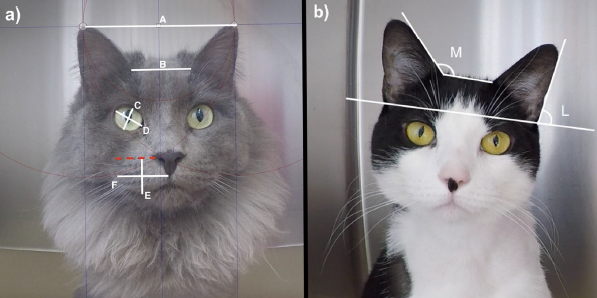

They found that the cat has 14 individual facial muscle movements, 6 relatively large facial movements, and 7 ear movements.
The number is very small compared to humans and other primates, which is probably the reason why cats look very cool.
Moreover, cats do have some common facial expressions when faced with different levels of stimulation:
- Blinking may also be related to fear;
- Actions related to frustration include “hissing” voice, nose licking, and tongue sticking out;
- At a lower level of fear, cats may tend to look to the left and turn their heads to the left;
- When more relaxed and willing to interact, cats tend to look to the right and turn their heads to the right;
In 2019, out of curiosity about how much humans know about cats, LC Dawson and others designed a study, and based on the results, found out the types of people who are better at recognizing cat emotions [5].
They screened 40 cat video clips (20 positive and negative emotions each, excluding obvious changes such as airplane ears), and masked the parts of the video other than the cat’s head.
6,329 volunteers watched 20 of the videos and judged whether the cat’s emotions were positive or negative (the above test questions are part of them).
The results show that although it is very challenging to recognize the small facial expression changes of cats, some people are really good at it!
Among them, the scores of women are significantly higher than those of men;
The younger population scores higher than the older population;
Veterinarians with professional backgrounds (especially female veterinarians) have outstanding performance.
At the same time, the researchers also made a surprising discovery, that is, the difference in the experience of raising cats only has little effect on the results of the study.
Volunteers with high affinity with cats are better at recognizing positive emotions, while volunteers with low affinity with cats are better at recognizing negative emotions.
Researchers believe that the reason is that people who are close to cats usually provide more toys or interactions, which inspire more positive emotions in cats, so they usually see more facial expressions expressing positive emotions;
On the contrary, people who always neglect cats will naturally see more disappointed expressions of cats.
Therefore, the two have their own shortcomings, and there is no significant difference in the total score.
That is to say, whether it is a new or senior, has a cat or a lot of cats, is close to or estranged from cats: a person who does not understand the emotions of the master will never understand it.
So how much do you know about your cat?
